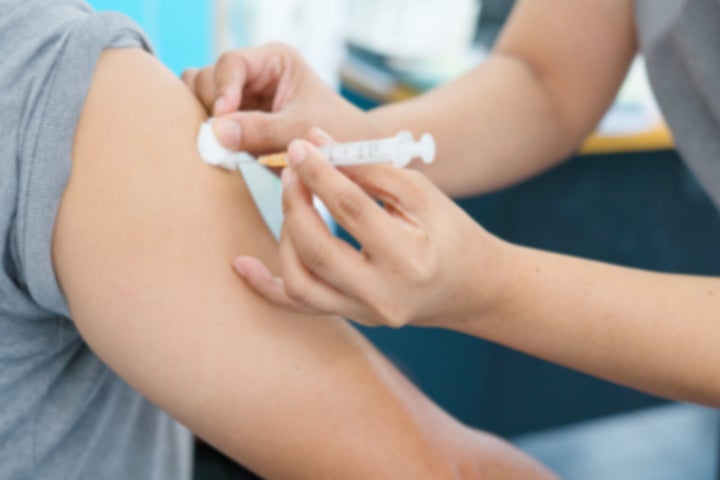
Human Papillomavirus (HPV) is a viral infection that, in most of us at some time in our life, causes warts and verrucas. However, different types of the virus are able to cause cancers of the genital tract; predominantly cervical cancer, but also vulval, vaginal, penile and anal cancers.
Over the past 30 years, the prevalence and incidence of cervical cancer has declined; firstly due to an effective screening programme. From the age of 21, women are called every three to five years for a smear test. Here, a sample of cervical cells are examined the presence of HPV infection, and for pre-cancerous changes, allowing for early intervention should abnormalities be detected. Further research in this area led to the HPV vaccination, which was introduced into the UK in 2008. This vaccination programme targets adolescent girls, again to reduce the incidence of cervical cancer.
Two vaccines are commercially available: a bivalent vaccine protecting against the most common cancer-causing types (HPV16 and 18), and a quadrivalent vaccine protecting against two low-risk (HPV types 6 and 11). The UK programme uses the quadrivalent vaccine. Uptake of the vaccination has always been high, and the programme has proved to be highly effective for reducing cervical HPV infection worldwide.
Likewise, in mid-June 2018 Public Health England reported the results of a major study that showed a remarkable 82% decrease in the prevalence of cancer-causing HPV infections within the English female population; a fantastic outcome.
Despite these successes, in recent years HPV has been found to be associated with head and neck cancer arising in the tonsils and base of tongue. The incidence of these cancers is increasing significantly, and is predicted to soon overtake that of cervical cancer. Our team investigates the incidence of HPV infection in the mouth of the healthy population, how HPV infection causes head and neck cancer, and whether we can detect any pre-cancerous changes associated with the development of the disease.
These HPV-positive head and neck cancers seem to be linked with smoking, alcohol, and sexual behaviours. However, the most significant risk factor for this disease appears to be your gender, with men at a substantially increased risk of the disease. Regrettably, we don’t yet know why this is.
Because of this male dominance of HPV-positive head and neck cancer, there have been calls for the UK to follow the lead of Australia, New Zealand and Italy who have all adopted publicly-funded gender-neutral vaccination programmes. However, this was not considered cost-effective in England by the Joint Committee on Vaccination and Immunisation (JCVI). They said the high vaccination coverage of adolescent girls in England would give rise to a population immune to HPV that would be large enough to also offer protection for the male population; a concept called “herd immunity”.
Unfortunately, men typically present at the clinic with late stage head and neck cancer; a horrific disease that is difficult to treat, despite a better prognosis should you have head and neck cancer that is HPV positive. As such, the last few years has seen strong campaigns from a number of organisations to bring the issue of HPV vaccination for the male population to the forefront of the immunisation agenda.
I am delighted that we have had confirmation from the Government that they will uphold the recommendations of the JCVI and offer gender-neutral vaccination in England. This represents a huge step forward in proactively tackling HPV positive cancers, removing any gender bias associated with the vaccination programme. Despite this effective vaccine, it is imperative that women still attend their smear tests when recalled, and that research continues to advance our understanding of HPV-positive cancers, as well as to develop the vaccine further.
Together this will ensure that knowledge and evidence can inform all future interventions.
